Saint Ursula and your companions, brave witnesses of faith and courage, we ask for your intercession and protection. Help us to remain strong in our convictions and to live with the same unwavering love for Christ. Guide us in our daily struggles, and lead us to follow your example of purity and devotion. May we too be instruments of peace and hope in a world that needs your light. Through your prayers, may we grow in holiness and come to know the love of God more deeply. Amen.
ST. URSULA AND COMPANIONS
ST. URSULA AND COMPANIONS
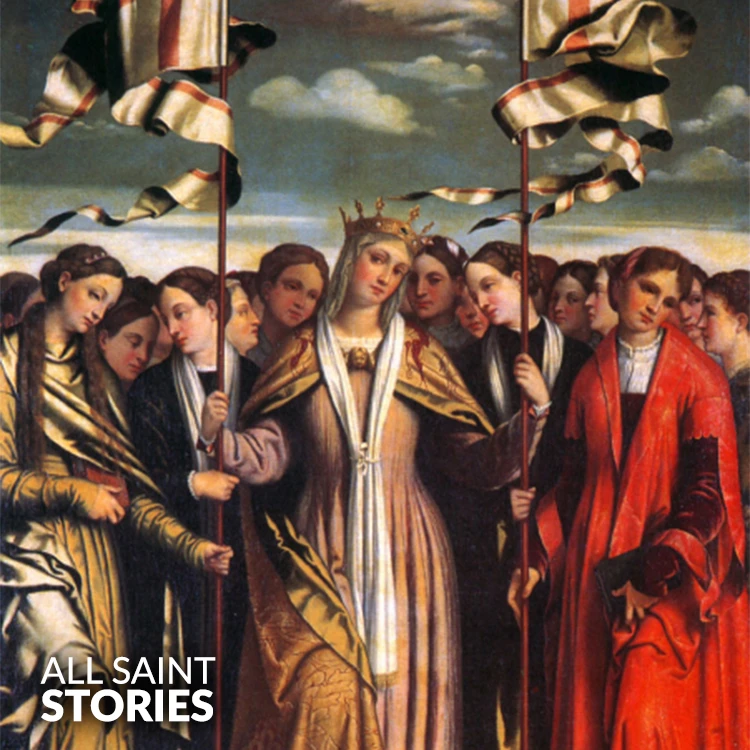
St. Ursula and her 11,000 companions were early Christian martyrs who were martyred by the Huns in the 4th century. Ursula, a virgin and noblewoman, rejected a marriage to a pagan prince and, along with her companions, traveled on a pilgrimage to Rome. They were captured in Cologne and executed for their faith, symbolizing unwavering devotion and courage in the face of persecution.
St. Ursula is believed to have been a noble Christian virgin and the daughter of a Christian king in Britain. According to legend, Ursula was promised to a pagan prince, but she vowed to remain a virgin and rejected the marriage. She proposed a pilgrimage to Rome to delay the engagement, and her father allowed her to go, believing the journey would convince her to reconsider. Ursula, accompanied by 11,000 virgins, embarked on the pilgrimage, with each companion equally devoted to their faith and chastity.
The group traveled across Europe and eventually reached Cologne (present-day Germany). Upon their arrival, they were captured by the Huns, a barbarian tribe. The Hun leader, King Ethere, was infuriated by Ursula’s rejection of his son and ordered the group to be executed. According to some versions of the story, Ursula was struck by an arrow, while others describe her martyrdom as being executed along with her companions.
The number 11,000 companions has long been debated, with some scholars suggesting it may have been an exaggeration. In earlier versions of the legend, the number may have been 11 or 12 virgins, but as the story spread, the number grew to emphasize the scale of their martyrdom. This tale, though based in legend, was an inspiration for Christian devotion, particularly for women who sought to live chaste lives in service to God.
St. Ursula’s martyrdom, along with that of her companions, is commemorated on October 21, the Feast Day of St. Ursula and Companions. Their story is preserved in art, hymns, and writings, and the Church of St. Ursula in Cologne remains a significant place of pilgrimage, housing relics said to belong to Ursula and her companions. These martyrs are often depicted in art holding arrows, the instruments of their execution, and are celebrated as exemplars of purity, faith, and steadfastness in the face of persecution.
Video Not Found
The information on this website is compiled from various trusted sources. While we aim for accuracy, some details may be incomplete or contain discrepancies.
If you notice any errors or have additional information about this saint, please use the form on the left to share your suggestions. Your input helps us improve and maintain reliable content for everyone.
All submissions are reviewed carefully, and your personal details will remain confidential. Thank you for contributing to the accuracy and value of this resource.
Credits & Acknowledgments
- Anudina Visudhar (Malayalam) – Life of Saints for Everyday
by Msgr. Thomas Moothedan, M.A., D.D. - Saint Companions for Each Day
by A. J. M. Mausolfe & J. K. Mausolfe - US Catholic (Faith in Real Life) – Informational articles
- Wikipedia – General reference content and images
- Anastpaul.com – Saint images and reflections
- Pravachaka Sabdam (Malayalam) – Saint-related content and insights
We sincerely thank these authors and platforms for their valuable contributions. If we have unintentionally missed any attribution, please notify us, and we will make the correction promptly.
If you have any suggestion about ST. URSULA AND COMPANIONS
Your suggestion will help improve the information about this saint. Your details will not be disclosed anywhere.
© 2025 Copyright @ www.allsaintstories.com

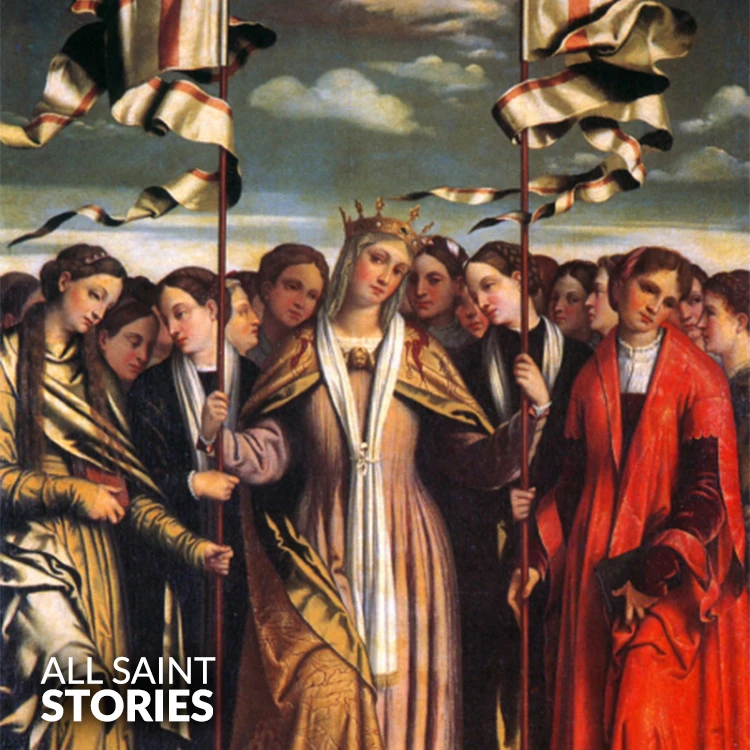
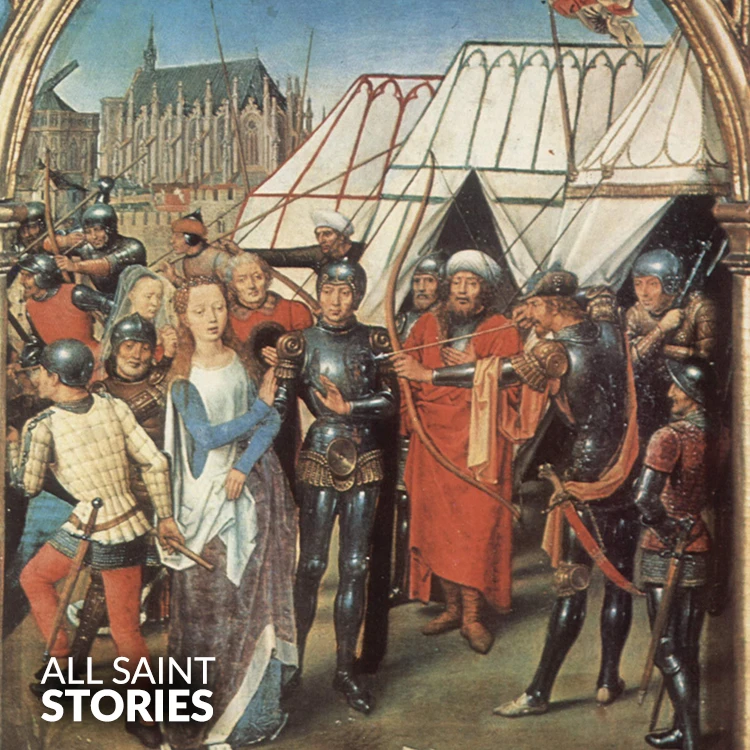
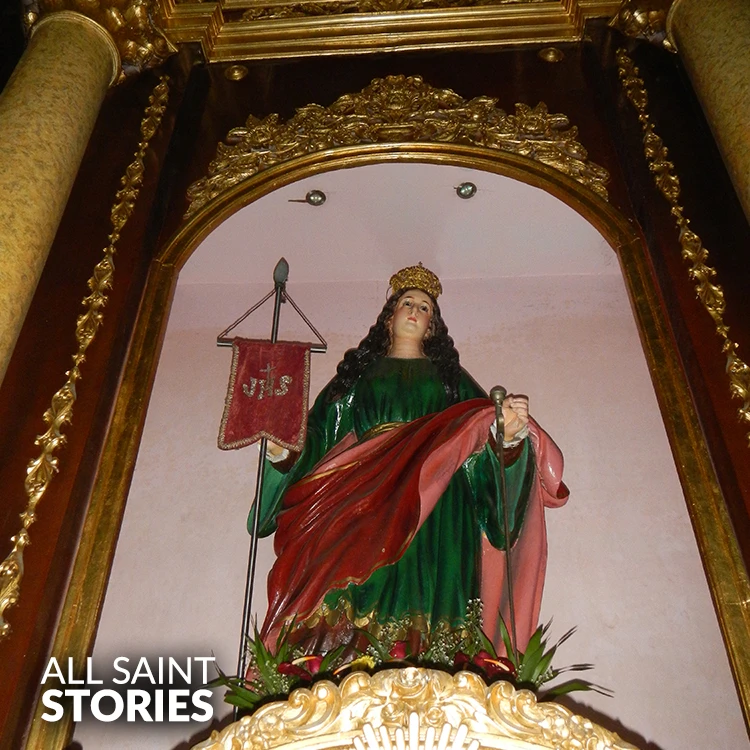
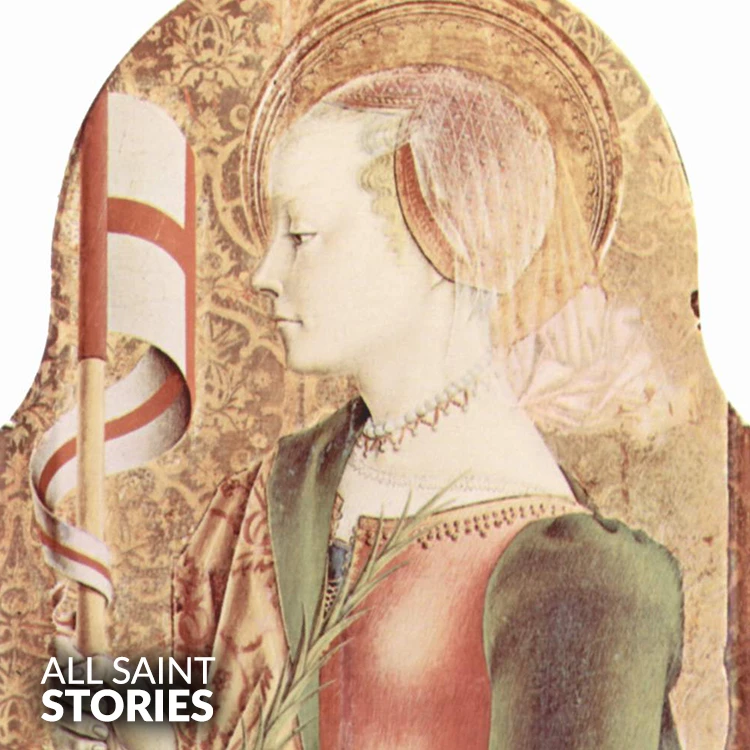
 English
English
 Italian
Italian
 French
French
 Spanish
Spanish
 Malayalam
Malayalam
 Russian
Russian
 Korean
Korean
 Sinhala
Sinhala
 Japanese
Japanese
 Arabic
Arabic
 Portuguese
Portuguese
 Bantu
Bantu
 Greek
Greek
 German
German
 Dutch
Dutch
 Filipino
Filipino